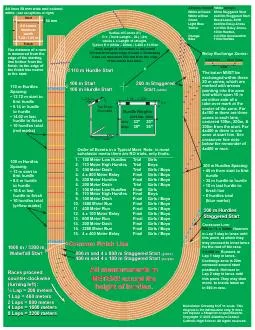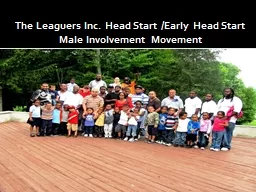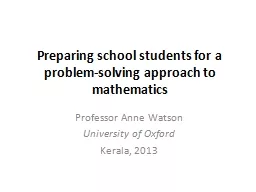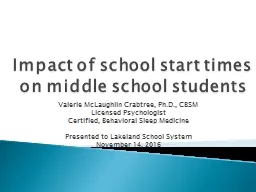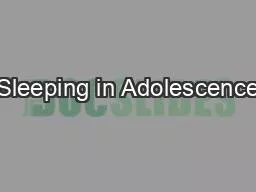PPT-School Start Times: Implications and Solutions
Author : pamella-moone | Published Date : 2018-03-12
Stacy Simera MSSA LISWS SAP ssimeraaolcom The Crux of the Issue Various health groups have recommended later middle and high school start times Why the focus
Presentation Embed Code
Download Presentation
Download Presentation The PPT/PDF document "School Start Times: Implications and Sol..." is the property of its rightful owner. Permission is granted to download and print the materials on this website for personal, non-commercial use only, and to display it on your personal computer provided you do not modify the materials and that you retain all copyright notices contained in the materials. By downloading content from our website, you accept the terms of this agreement.
School Start Times: Implications and Solutions: Transcript
Download Rules Of Document
"School Start Times: Implications and Solutions"The content belongs to its owner. You may download and print it for personal use, without modification, and keep all copyright notices. By downloading, you agree to these terms.
Related Documents


